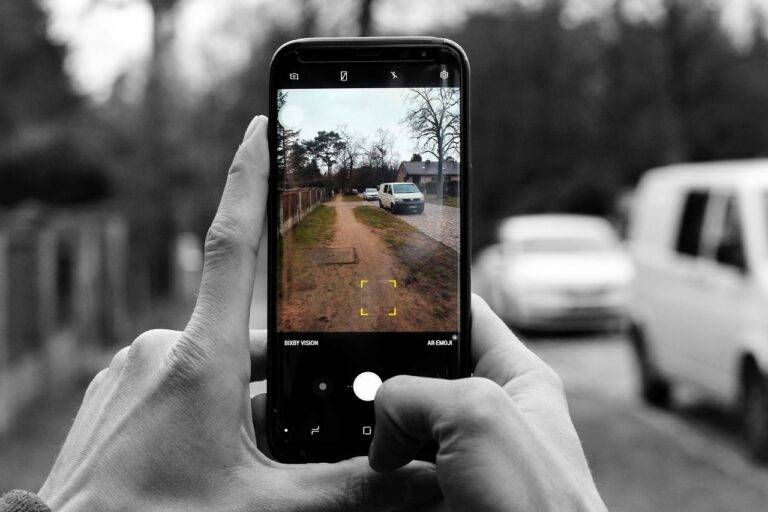Exploring Brain-Computer Interfaces: From Assistive Tech to Mind-Controlled Devices
Brain-computer interfaces (BCIs) are innovative systems that establish a direct communication pathway between the brain and an external device, bypassing the need for conventional methods like keyboards or touchscreens. By decoding brain signals through electrodes placed on the scalp or implanted in the brain, BCIs enable users to interact with computers or control external objects using just their thoughts. This cutting-edge technology has shown tremendous potential in assisting individuals with severe physical disabilities by providing them with a means to communicate, control their environment, or even restore lost sensory or motor functions.
The development of BCIs has opened up a realm of possibilities in various fields, including healthcare, gaming, and research. In the healthcare sector, BCIs have facilitated groundbreaking advancements in assistive technologies for individuals with motor disabilities, allowing them to regain independence and improve their quality of life. Moreover, researchers are exploring the potential of BCIs in enhancing human-computer interaction, cognitive performance, and even creating immersive experiences in virtual reality environments. As the technology continues to evolve, the future applications of BCIs are promising, with the potential to revolutionize how we interact with technology and augment human capabilities.
History and Evolution of BCIs
Brain-Computer Interfaces (BCIs) have a fascinating history that traces its roots back to the mid-20th century. The first concept of utilizing brain signals to control external devices was proposed in the 1970s by scientists who envisioned a future where individuals could interact with computers solely through their thoughts.
Over the years, advancements in neuroscience, computing technology, and signal processing have propelled the evolution of BCIs. The development of non-invasive methods, such as electroencephalography (EEG), marked a significant milestone in making BCIs more accessible and user-friendly. Additionally, the integration of machine learning algorithms has enhanced the accuracy and efficiency of translating neural signals into actionable commands, opening up new possibilities for individuals with disabilities and augmenting human capabilities.
What is a Brain-Computer Interface (BCI)?
A Brain-Computer Interface (BCI) is a technology that enables communication between the brain and external devices, allowing users to control computers or other devices using only their thoughts.
When was the concept of BCIs first introduced?
The concept of BCIs was first introduced in the 1970s, although research and development in this field have significantly progressed since then.
How have BCIs evolved over the years?
BCIs have evolved from basic EEG-based systems to more advanced technologies that utilize invasive implants or non-invasive techniques such as fNIRS or fMRI.
What are some applications of BCIs?
BCIs have applications in various fields, including healthcare (for assistive devices and rehabilitation), gaming, communication, and neurofeedback.
What are some challenges in the development of BCIs?
Challenges in the development of BCIs include improving signal quality, reducing the invasiveness of implantable devices, and enhancing the speed and accuracy of communication between the brain and external devices.
Are BCIs safe to use?
BCIs are generally considered safe to use, but there are ethical considerations regarding privacy, security, and the potential misuse of brain data that need to be addressed.





